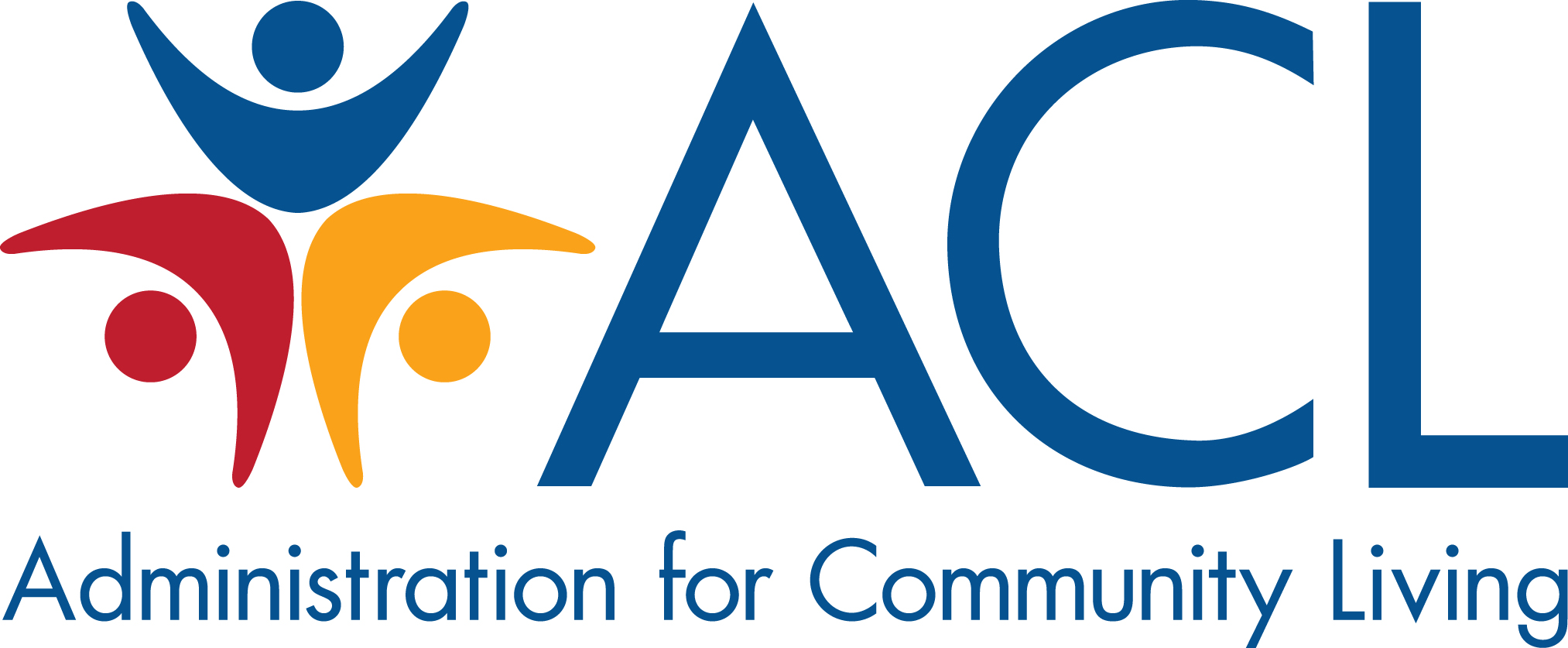Older Americans Act (OAA), Title VII, Chapter 2, Sections 711/712
The Purpose of the Program and How It Works
States’ Long-Term Care (LTC) Ombudsman programs work to resolve problems related to the health, safety, welfare, and rights of individuals who live in LTC facilities, such as nursing homes, board and care and assisted living facilities, and other residential care communities. Ombudsman programs promote policies and consumer protections to improve long-term services and supports at the facility, local, state, and national levels.
Begun in 1972 as a demonstration program, today the Ombudsman program operates in all states, the District of Columbia, Puerto Rico and Guam, under the authorization of the OAA. Each state has an Office of the State LTC Ombudsman, headed by a full-time State LTC Ombudsman who directs the program statewide. Ombudsmen designate staff and thousands of volunteers as representatives to directly serve residents.
The OAA requires Ombudsman programs to:
- Identify, investigate, and resolve complaints made by or on behalf of residents;
- Provide information to residents about LTSS;
- Ensure that residents have regular and timely access to ombudsman services;
- Represent the interests of residents before governmental agencies and seek administrative, legal, and other remedies to protect residents; and
- Analyze, comment on, and recommend changes in laws and regulations pertaining to the health, safety, welfare, and rights of residents.
You can find your state's LTC Ombudsman here.
- Funding History
-
OAA Title VII Chapter 2 (Ombudsman Program)Congressional Appropriations Fiscal Year Dollar Amount FY 2024 $21,666,150 FY 2023 $21,789,605 FY 2022 $19,857,659 FY 2021 $18,844,971 FY 2020 $17,853,848 FY 2019 $16,834,310 FY 2018 $16,810,358 FY 2017 $15,814,316 FY 2016 $15,837,665 FY 2015 $15,870,051 FY 2014 $15,862,868 FY 2013 $15,869,941 FY 2012 $16,723,160 FY 2011 $16,749,234
Total program expenditures from all sources, includingOAA Title III, Title VII, and other federal, state and local sources: Fiscal Year Dollar Amount FY 2022 $139,610,745 FY 2021 $126,333,301 FY 2020 $125,423,103 FY 2019 $117,151,989 FY 2018 $107,211,251 FY 2017 $106,681,287 FY 2016 $101,911,106 FY 2015 $96,964,406 FY 2014 $94,038,915 FY 2013 $92,501,893 FY 2012 $90,776,521 FY 2011 $87,576,960
National Ombudsman Reporting System (NORS)
- NORS Data Collection effective October 1, 2021
Data Show Extensive Services Provided to Persons in LTC Facilities
Data for federal fiscal year 2023 indicate that over 1,500 full-time-equivalent staff and 3,443 volunteers trained and designated to investigate and resolve complaints, provided LTC Ombudsman services to residents. The program:
- Worked to resolve 202,894 complaints initiated by residents, their families, and other concerned individuals;
- Resolved or partially resolved 71% of all complaints to the satisfaction of the resident or complainant;
- Provided 502,484 instances of information and assistance to individuals;
- Visited 60% of all nursing homes and 24% of all board and care, assisted living, and similar homes at least quarterly;
- Conducted 3,106 training sessions in facilities on such topics as resident rights;
- Provided 159,064 instances of information and assistance to LTC facility managers and staff; and
- Participated in 17,095 resident council and 1,271 family council meetings.
The five most frequent complaints in board and care, assisted living, and other residential care communities handled by Ombudsman programs were related to:
- Discharge or eviction;
- Medications;
- Food services;
- Physical abuse, and
- Staffing
The five most frequent nursing facility complaints handled by Ombudsman programs were:
- Discharge or eviction;
- Response to requests for assistance;
- Physical abuse;
- Unattended symptoms; and
- Medications
Learn more about ombudsman activities and the types of cases/complaints that they investigated.
Recent Changes in Requirements: 2020 OAA Reauthorization
The OAA was reauthorized by Congress in 2020. For a summary of changes and other material, see the Older Americans Act page.
Recent Changes in Requirements: State LTC Ombudsman Programs Rule
The State Long-Term Care Ombudsman Programs rule was published in 2015, became effective on July 1, 2016, and was updated in 2024. A culmination of several years of collaborative work with states and other partners, this rule guides implementation of the portions of the OAA governing grants to states for operation of LTC Ombudsman programs.
The rule addresses:
- Responsibilities of key figures in the system, including the Ombudsman and representatives of the Office of the Ombudsman;
- Responsibilities of the entities in which LTC Ombudsman programs are housed;
- Criteria for establishing consistent, person-centered approaches to resolving complaints on behalf of residents;
- Appropriate role of LTC Ombudsman programs in resolving abuse complaints; and
- Conflicts of interest: processes for identifying and remedying conflicts so that residents have access to effective, credible ombudsman services
For more information see:
- The State Long-Term Care Ombudsman Program final rule: 45 CFR 1324. State Long-Term Care Ombudsman rule.
- Frequently Asked Questions on the long-term care ombudsman program rule
- Technical Assistance and Resources provided by the National LTC Ombudsman Resource Center
- Program Instructions, Information Memoranda and other AoA Issuances
Resources and Useful Links
- Locate a Long Term Care Ombudsman
- National Long-Term Care Ombudsman Resource Center
- AoA/ACL Fact Sheet on the Ombudsman Program (PDF)
- State Long-Term Care Ombudsman Programs Rule, 45 CFR Part 1324
- Ombudsman program guidance: AoA Program Instructions and Information Memoranda
- Long-Term Care Ombudsman Program Training Standards
- Ombudsman Role in State Evaluations of Settings for the CMS Home and Community Based Settings Rule (April 28, 2022)

